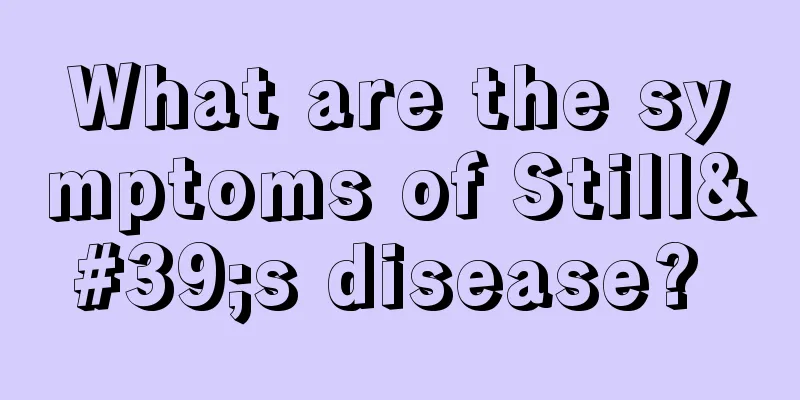Chronic allergic otitis media can be treated with general treatment

|
As they age, many patients develop symptoms of chronic suppurative otitis media. Because this disease is not common in clinical practice, many patients do not know the causes of the disease and how to prevent it. Let us take a detailed look at the disease and its causes. Chronic suppurative otitis media is a chronic suppurative inflammation of the middle ear mucosa, periosteum or deep into the bone, which often coexists with chronic mastoiditis. It is mostly caused by delayed or improper treatment or prolonged treatment of acute suppurative otitis media; or it is a direct continuation of acute necrotizing otitis media. The course of the disease usually lasts more than 6 to 8 weeks, with recurrent ear discharge, tympanic membrane perforation and hearing loss as the main clinical features. In severe cases, it may cause intracranial and extracranial complications. According to pathology and clinical manifestations, this disease is traditionally divided into three types: simple type, bone ulcer type and cholesteatoma type. Domestic and foreign research further divides it into dormant and active stages. Its main symptoms are: 1. Pus discharge from the ear It is the main common symptom of this disease. It may be mucous, mucopurulent or pure purulent. The simple type of pus is generally thinner and has no odor, while the pus of the bone ulcer type and cholesteatoma type is not much, but it is thicker, mostly pure pus, and accompanied by a foul odor. 2. Deafness The severity of the disease varies. If it occurs in only one ear, it may be easily overlooked. This type of deafness is often proportional to the progression of the disease, that is, the more severe the lesion, the more severe the deafness. It is usually conductive hearing loss. 3. Tinnitus Some patients may experience tinnitus. 4. Others In addition to the above symptoms, if dizziness, vomiting, facial paralysis, severe headache, chills, high fever and other symptoms occur, it indicates that the patient may have complications and should seek medical attention immediately and actively take proactive and effective treatment. treat: The treatment principles of this disease are to eliminate the cause, control the infection, clear the lesions, clear the drainage, and restore hearing as much as possible. 1. Treatment of the cause Cure acute otitis media promptly and actively treat upper respiratory tract infections. 2. Local treatment (1) During the dormant period, local medication is mainly used. Local medication can be selected according to the different lesions. Usually, hydrogen peroxide is used to wash the ears, and then antibiotic aqueous solution or a mixture of antibiotics and glucocorticoids is dripped into the ears. (2) During the active phase, the focus is on clearing the lesions, preventing complications, and trying to preserve hearing-related structures. Local medication, observation and surgical treatment can be adopted according to the condition. |
<<: Is it ok to apply alcohol to the itchy ear
>>: The method of making garlic soybean sauce is like this
Recommend
Is black bean hair dye effective?
Some people will feel that they have grown a lot ...
The two main causes of lung cancer
Lung cancer is the disease with the highest incid...
What herbal medicines can I take to treat nasopharyngeal cancer
In fact, we are all very afraid and terrified of ...
Is wrist pain caused by gout?
Gout is actually a very common orthopedic disease...
Nursing diagnosis for right breast cancer
Breast cancer is one of the most common malignant...
Beginners must read detailed steps of eye makeup with illustrations
A beautiful woman needs to have good innate basic...
What is chicken E. coli disease?
Chicken E. coli is actually avian E. coli disease...
Can burst teeth be treated?
The quality of teeth has a certain impact on our ...
Nine "indecent habits" make you healthier
Fitness activities should not be limited to a sin...
Does tongue cancer require long-term medication?
Tongue cancer is the most common oral cancer. Mor...
What dietary taboos do pancreatic cancer patients need to pay attention to
What dietary taboos do pancreatic cancer patients...
How to adjust your emotions
In a person's life, eight out of ten things a...
What should I do if I get ringworm on my body
In fact, we all encounter some skin diseases in o...
What foods should you eat to improve your immunity?
Immunity can be regarded as an important line of ...
If people want to prevent breast cancer, they must understand the causes of the disease
Breast cancer is a common disease among women. It...









